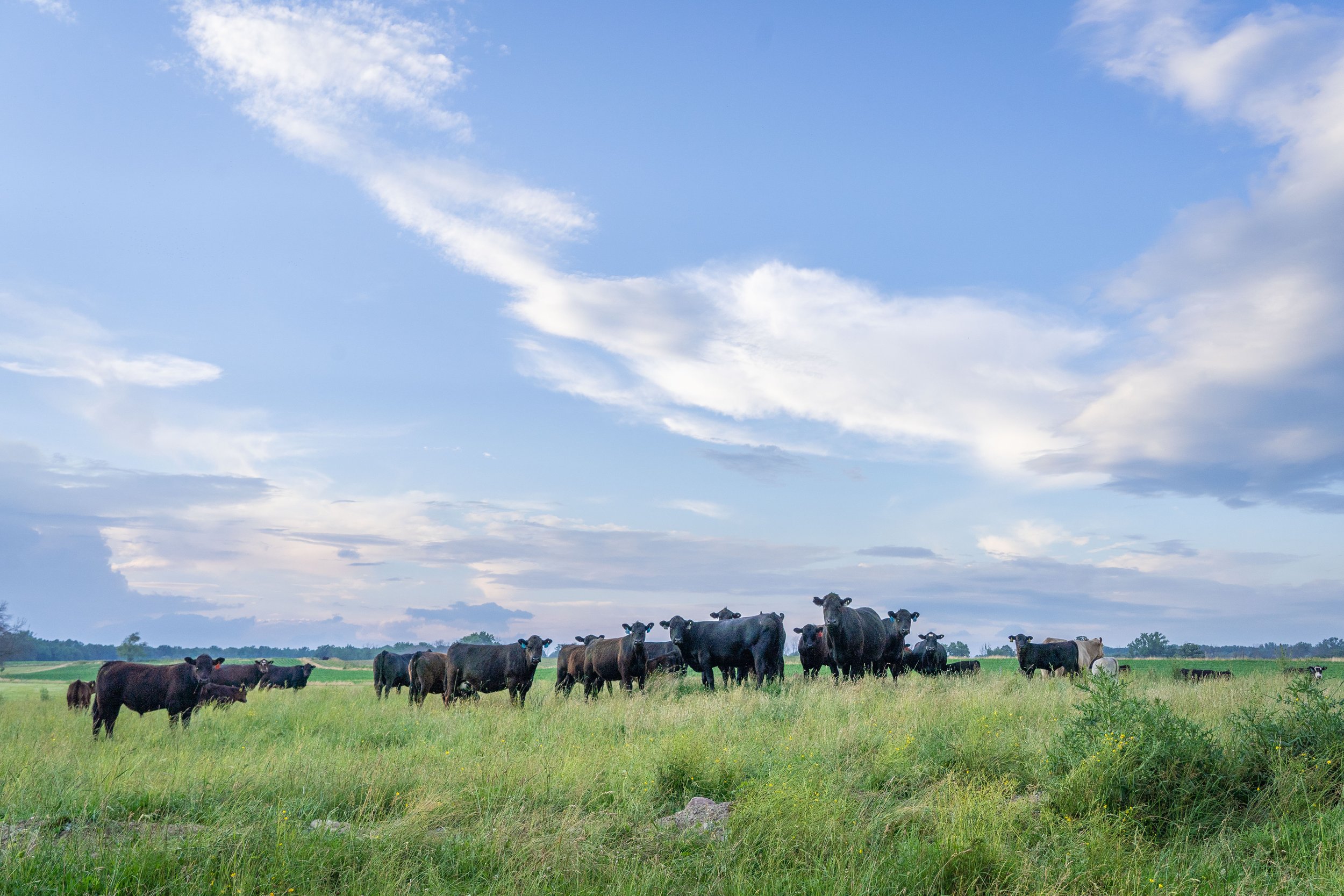Protecting Success: Bagley Risk Management Provider
Protecting Success: Bagley Risk Management Provider
Blog Article
Understanding Animals Danger Security (LRP) Insurance Policy: A Comprehensive Overview
Navigating the realm of livestock threat protection (LRP) insurance coverage can be a complicated venture for numerous in the agricultural field. This sort of insurance uses a safety internet versus market changes and unanticipated conditions that might impact animals manufacturers. By comprehending the complexities of LRP insurance coverage, manufacturers can make informed decisions that might protect their procedures from financial dangers. From how LRP insurance works to the numerous protection options offered, there is much to uncover in this comprehensive overview that might potentially form the way livestock producers approach risk management in their businesses.

Just How LRP Insurance Works
Periodically, comprehending the auto mechanics of Animals Threat Security (LRP) insurance coverage can be complex, yet damaging down exactly how it functions can give clarity for ranchers and farmers. LRP insurance coverage is a risk administration tool made to secure livestock manufacturers against unanticipated price decreases. The plan permits producers to establish a protection level based upon their certain requirements, choosing the variety of head, weight variety, and coverage rate. As soon as the plan remains in location, if market value fall below the insurance coverage rate, manufacturers can sue for the difference. It is necessary to keep in mind that LRP insurance is not a revenue warranty; instead, it focuses only on cost danger protection. The insurance coverage period normally ranges from 13 to 52 weeks, providing adaptability for producers to select a duration that straightens with their manufacturing cycle. By using LRP insurance coverage, breeders and farmers can minimize the financial risks related to varying market value, making certain higher security in their procedures.
Eligibility and Insurance Coverage Options
When it comes to insurance coverage options, LRP insurance coverage offers producers the versatility to select the protection level, protection duration, and recommendations that finest suit their threat management needs. By understanding the eligibility requirements and protection choices readily available, livestock producers can make enlightened decisions to manage threat effectively.
Advantages And Disadvantages of LRP Insurance Coverage
When examining Animals Risk Protection (LRP) insurance, it is important for livestock manufacturers to evaluate the benefits and drawbacks intrinsic in this risk monitoring device.

One of the key advantages of LRP insurance coverage is its capacity to offer defense against a decline in animals prices. This can assist safeguard manufacturers from financial losses arising from market fluctuations. In addition, LRP insurance coverage offers a level of versatility, enabling producers to customize insurance coverage levels and plan periods to fit their certain demands. By securing an assured cost for their animals, producers can much better manage risk and strategy for the future.
One constraint of LRP insurance is that it does not safeguard versus all types of threats, such as illness episodes or natural disasters. It is important for producers to meticulously analyze their private threat exposure and economic circumstance to determine if LRP insurance policy is the ideal risk monitoring tool for their procedure.
Recognizing LRP Insurance Coverage Premiums

Tips for Making The Most Of LRP Advantages
Making the most of the benefits of Animals Threat Protection (LRP) insurance check that coverage calls for strategic planning and proactive risk administration - Bagley Risk Management. To take advantage of your LRP coverage, consider the complying with pointers:
Consistently Assess Market Conditions: Remain notified regarding market patterns and cost variations in the animals sector. By checking these variables, you can make enlightened choices regarding when to purchase LRP protection to safeguard against prospective losses.
Set Realistic Coverage Degrees: When selecting coverage degrees, consider your manufacturing expenses, market worth of livestock, and prospective risks - Bagley Risk Management. Setting realistic coverage degrees ensures that you are sufficiently secured without paying too much for unneeded insurance policy
Expand Your Protection: Rather than depending only on LRP insurance policy, think about diversifying your threat monitoring methods. Integrating LRP with other risk management devices such as futures agreements or alternatives can provide extensive protection versus market uncertainties.
Evaluation and Change Protection Frequently: As market problems change, periodically evaluate your LRP coverage to ensure it lines up with your existing risk exposure. Adjusting insurance coverage levels and timing of purchases can assist optimize your danger defense method. By following these pointers, you can make best use of the benefits of LRP insurance and guard your livestock operation against unpredicted dangers.
Final Thought
Finally, animals threat defense (LRP) insurance is an important tool for you could check here farmers to manage the financial dangers linked with their animals procedures. By understanding exactly how LRP works, qualification and protection options, in addition to the advantages and disadvantages of this insurance coverage, farmers can make informed choices to shield their incomes. By carefully considering LRP costs and applying approaches to maximize advantages, farmers can minimize possible losses and make certain the sustainability of their operations.
Animals producers interested image source in obtaining Animals Threat Protection (LRP) insurance can check out an array of eligibility requirements and coverage options customized to their specific livestock procedures.When it comes to protection choices, LRP insurance provides manufacturers the adaptability to select the coverage degree, coverage duration, and recommendations that ideal fit their risk administration requirements.To understand the ins and outs of Livestock Risk Protection (LRP) insurance coverage completely, understanding the factors influencing LRP insurance premiums is important. LRP insurance coverage costs are figured out by different components, consisting of the insurance coverage level chosen, the anticipated price of animals at the end of the protection duration, the type of livestock being insured, and the length of the coverage duration.Testimonial and Change Insurance Coverage On a regular basis: As market problems change, occasionally assess your LRP protection to ensure it straightens with your present danger exposure.
Report this page